By Capt Carl W. Schwamberger
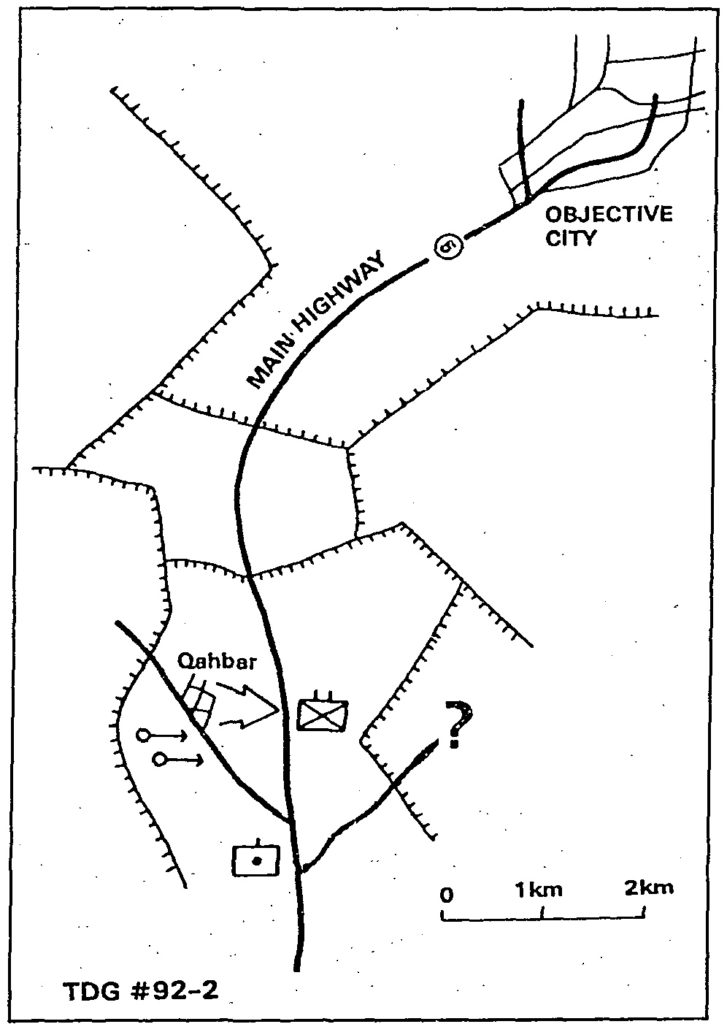
You are the commander of a Marine artillery battery of eight M198 howitzers. Your battalion is part of a brigade-sized task force exploiting past a defeated enemy defending force. The brigade’s mission is to seize a strategic enemy city, which is presently lightly defended. Additional elements of the Marine division are to follow within 24 hours. It is expected that any available enemy will converge on the objective and your route to prevent this, so time is of the essence. The route to the objective is a well-paved highway, which zigzags through a marshland. Much of this marsh is drained for fields and is crisscrossed by drainage ditches and dikes, and dotted with small villages and occasional patches of high ground. Secondary roads lead off the main route. You know from experience that these can either be useful alternate routes or dead ends. They are not accurately marked on the map. The terrain has confined the brigade to the main highway for this movement. The brigade is led by a tank-heavy mechanized element, followed by the remainder in a column. Your battery is several kilometers behind the lead element, sandwiched between miscellaneous support units. Although your battery is moving as a single unit, the liaison section is not present. Other artillery batteries are well behind you in the column or in firing positions to the rear.
Several hours after starting the move a nuclear weapon is detonated at high altitude and a considerable distance away in the direction of the division’s main body. This causes no casualties in your battery, and damages little radio equipment, but subsequent heavy static effectively jams the entire frequency range preventing any further radio communication.
Shortly after nightfall the column in front slows to a halt. Your map spot places you 9 kilometers from the objective. On the left an empty field extends into the darkness. On the right a substantial looking road intersects the main highway. You become aware of small arms fire about 2,000 meters ahead. Mounting the cab of the lead gun truck, you can see fires that appear to be several burning vehicles, occasional lines of tracer ammunition, and flares. Another check of the radio frequencies proves fruitless.
Confronted with this uncertain situation you give the order for personnel to dismount and take defensive positions along the road. The firing ahead fades twice, only to pick up again each time. After a few more minutes a HMMWV emerges from the darkness ahead, rapidly picking its way through the column of (rucks. It stops near you, and a major dismounts and identifies himself as the commander of the combat service support detachment unit ahead. He quickly explains that the truck-mounted infantry ahead of him came under enemy fire, and they are presently attempting to defend against repeated attacks. There is no sign of support from the mechanized group that was leading the brigade. The attacks, which he judges to be of at least battalion size, seem to be originating from the village, which he indicates on your map. He has moved back along his column ordering all but his drivers to dismount and move forward to support the infantry. Far ahead you notice a large quantity of mortar fire building up.
Requirement
In a time limit of 5 minutes decide on the course of action you would take and prepare the frag order you would issue to your battery. Justify your decision and order on the basis of the mission assigned the task force and the present situation. Include an overlay sketch and provide a brief discussion of the rationale behind your actions. Submit your solutions to Marine Corps Gazette, Tactical Decision Game #922, Box 1775, Quantico, VA 22134. The Gazette will publish the author’s and other solutions in the April 1992 issue.




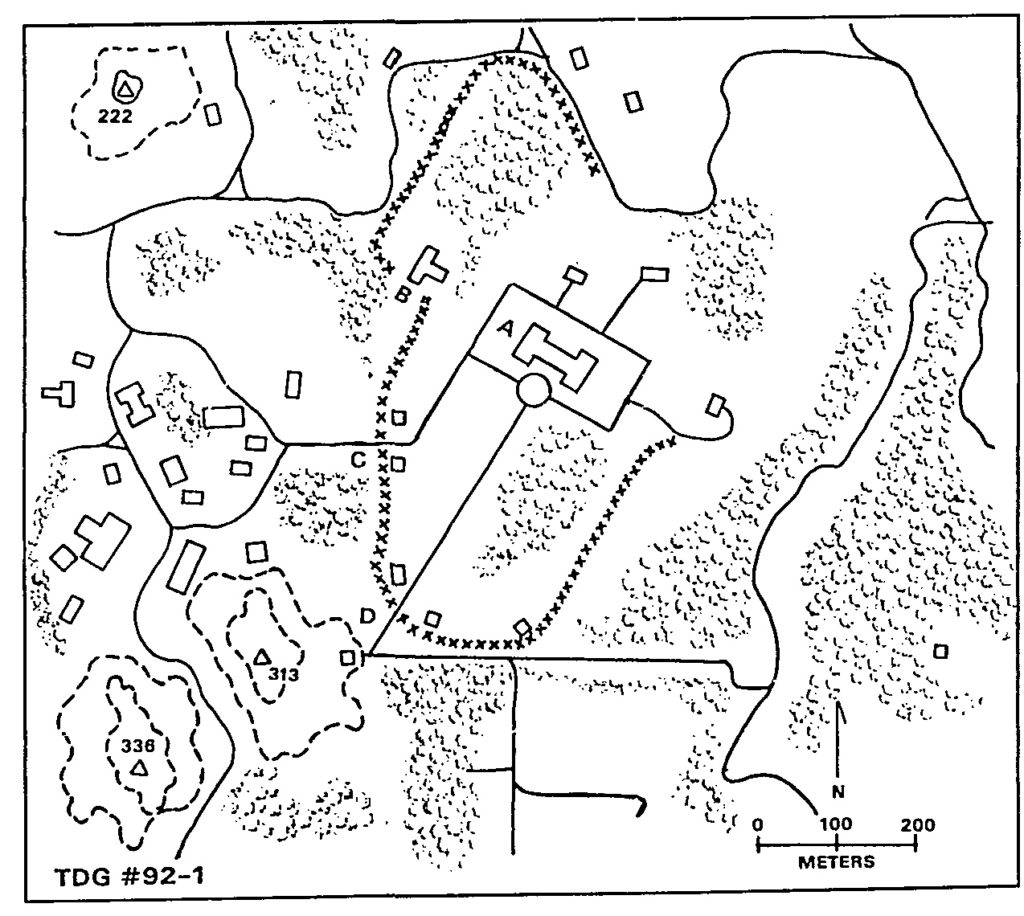 You are
You are 
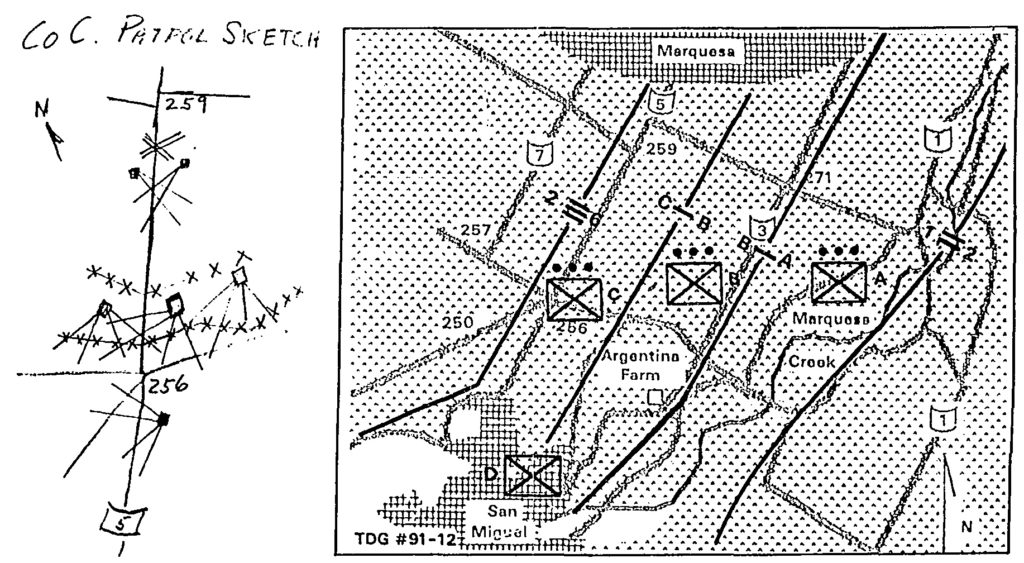 Nightfall found you and your battalion in
Nightfall found you and your battalion in 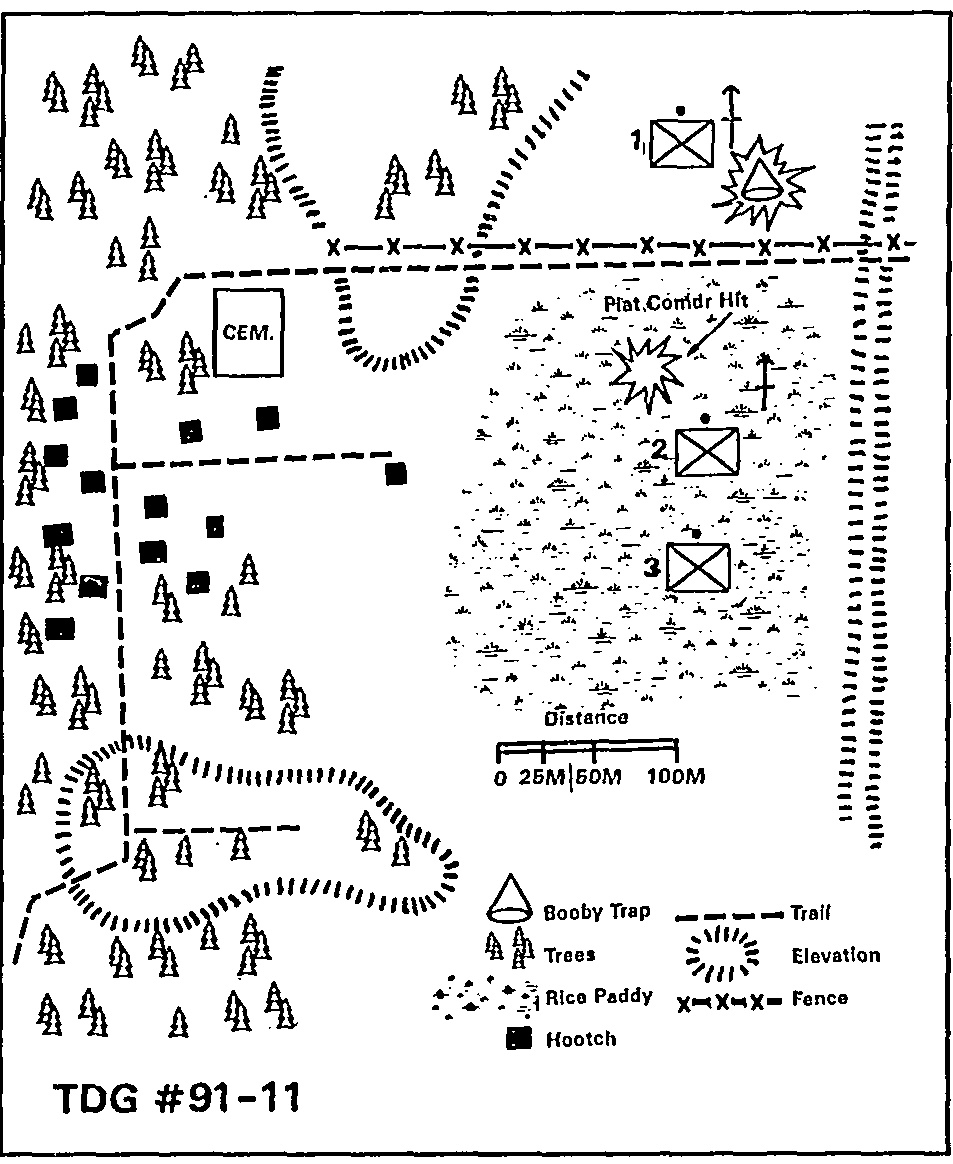
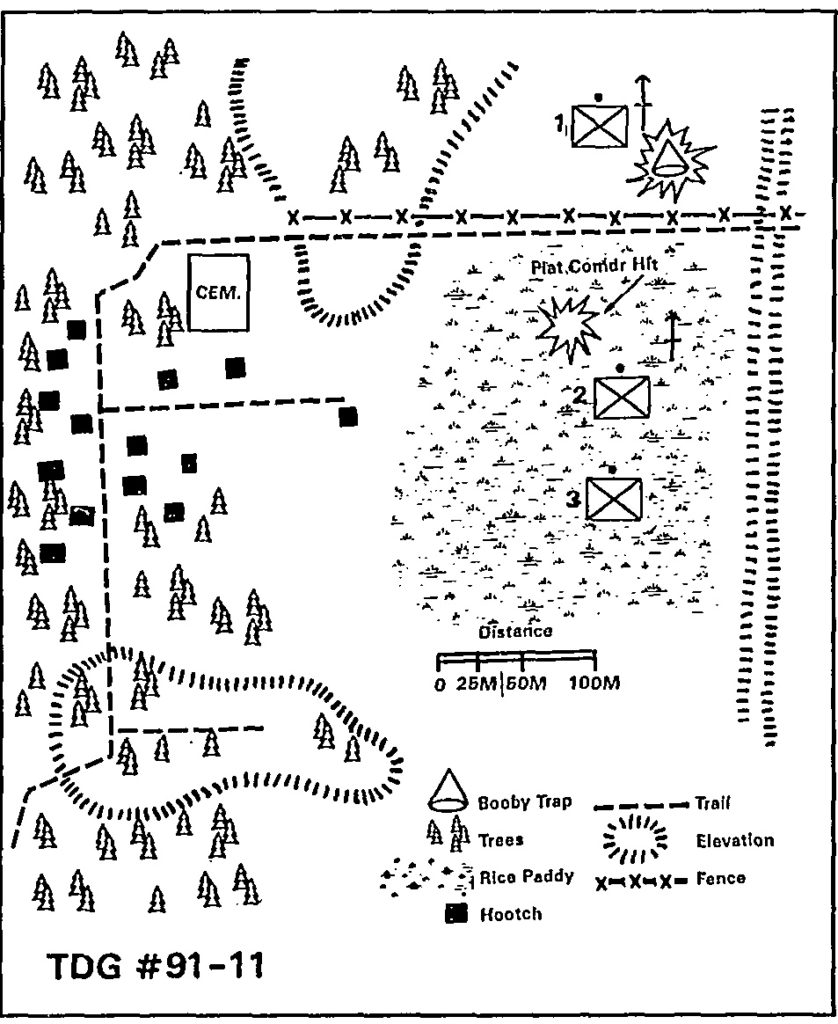 You are the squad leader of 1st Squad, 1st Platoon, Company C, 1st Battalion, 9th Marines. You are fighting in a tropical jungle against guerrilla forces armed with small arms, light machineguns, and sometimes mortars and rocket-propelled grenades. Recently, Company C has been conducting patrols in a populated region to counter increased insurgent activity. On this day, your platoon, with a machinegun squad attached, is running a security patrol to locate and destroy any enemy forces.
You are the squad leader of 1st Squad, 1st Platoon, Company C, 1st Battalion, 9th Marines. You are fighting in a tropical jungle against guerrilla forces armed with small arms, light machineguns, and sometimes mortars and rocket-propelled grenades. Recently, Company C has been conducting patrols in a populated region to counter increased insurgent activity. On this day, your platoon, with a machinegun squad attached, is running a security patrol to locate and destroy any enemy forces. 
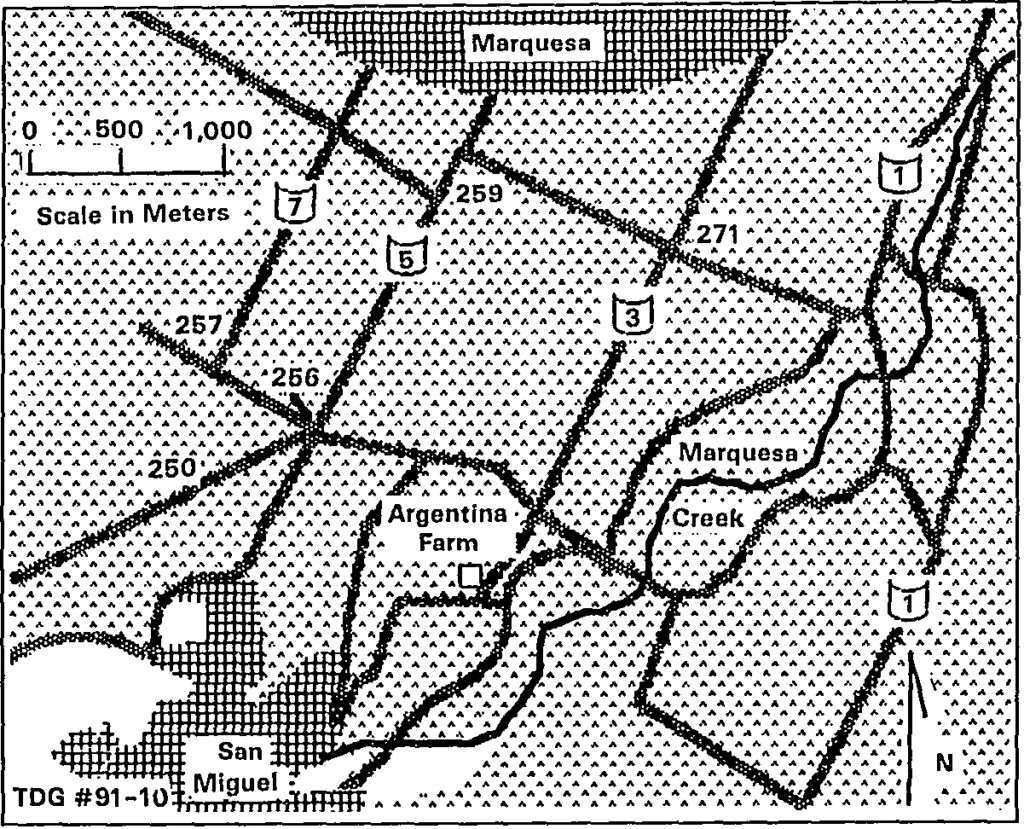 Since we landed eight days ago,
Since we landed eight days ago, 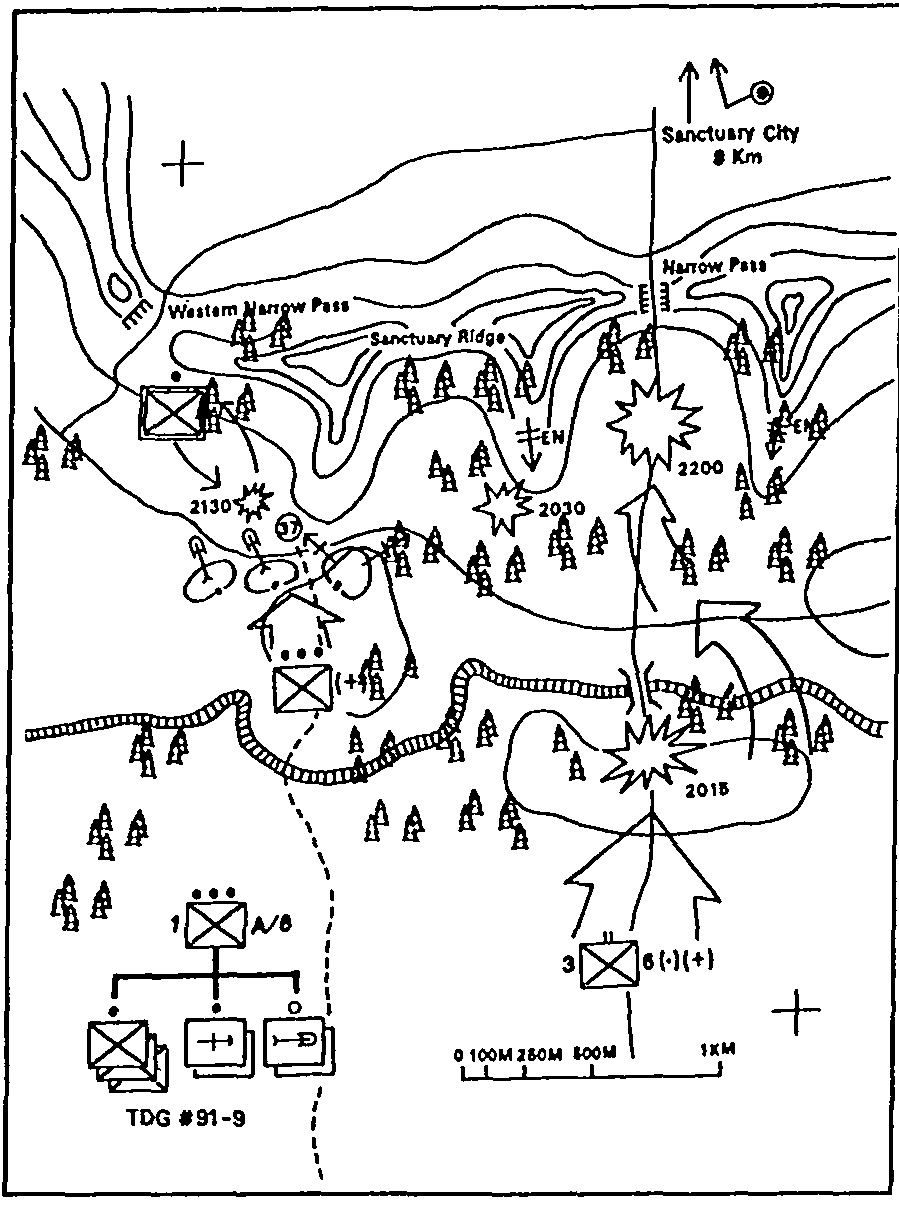
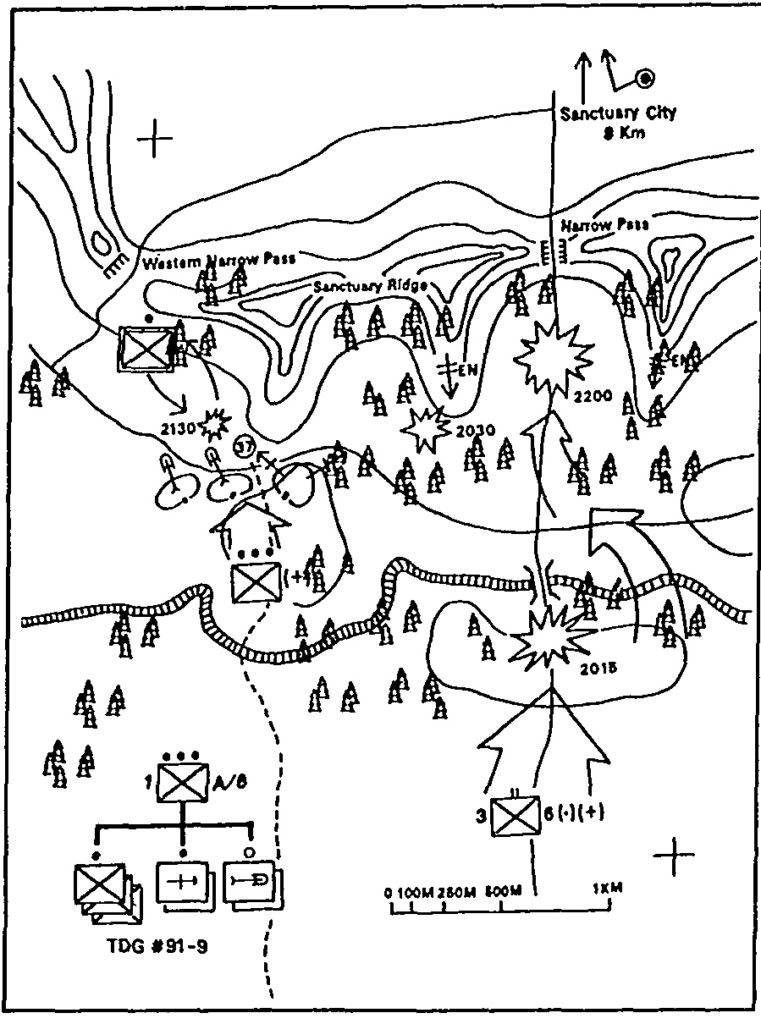 The enemy machineguns fall silent as you suppress with supporting arms and your own machineguns. Battalion has successfully outflanked the enemy and is advancing north again. Your platoon engages an enemy patrol of about squad size approaching from the northwest; the enemy patrol withdraws hurriedly from whence it came. Checking out the scene of the firefight, you recover two enemy corpses. Artillery impacts several hundred meters west of your position. That was about a half hour ago; you have had no enemy activity since then. Suddenly, battalion comes under heavy fire as it nears
The enemy machineguns fall silent as you suppress with supporting arms and your own machineguns. Battalion has successfully outflanked the enemy and is advancing north again. Your platoon engages an enemy patrol of about squad size approaching from the northwest; the enemy patrol withdraws hurriedly from whence it came. Checking out the scene of the firefight, you recover two enemy corpses. Artillery impacts several hundred meters west of your position. That was about a half hour ago; you have had no enemy activity since then. Suddenly, battalion comes under heavy fire as it nears 
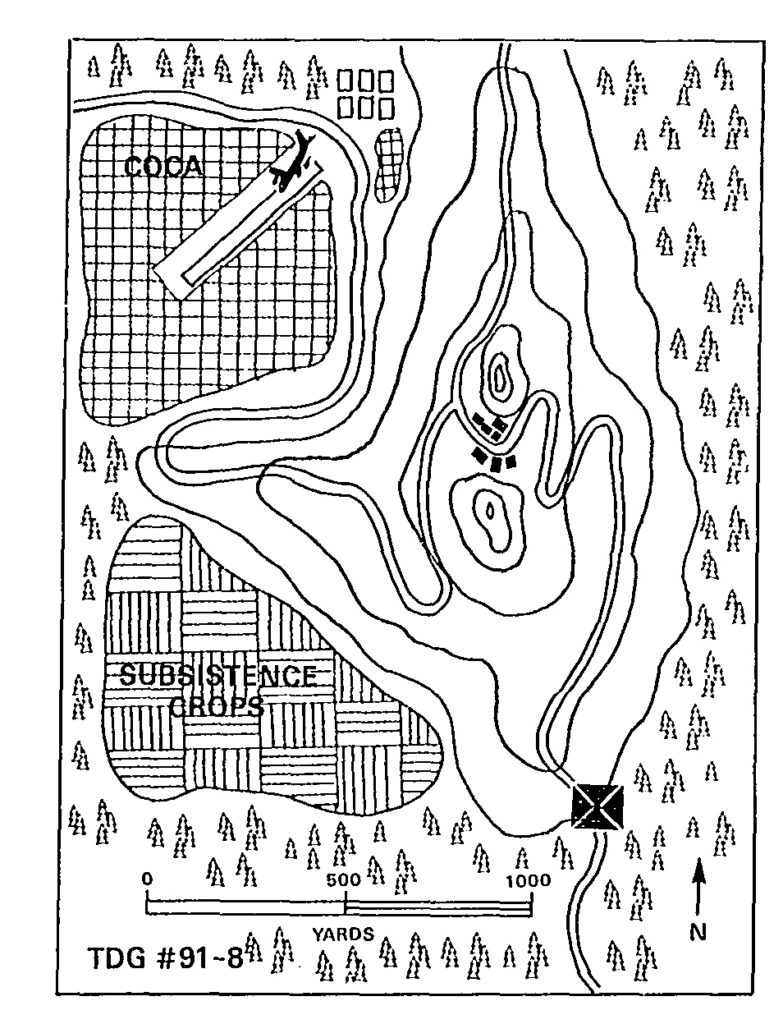 You command Company K, 3d Battalion, 4th Marines. As part of a multinational operation, you are patrolling a rural area in the nation of Generica with the intent of destroying the local cocaine-trade infrastructure. Company I is patrolling 20 kilometers to your east. The rest of the battalion is aboard the USS Tarawa 10 kilometers offshore, 40 kilometers west of you, with Company L in heliborne reserve.
You command Company K, 3d Battalion, 4th Marines. As part of a multinational operation, you are patrolling a rural area in the nation of Generica with the intent of destroying the local cocaine-trade infrastructure. Company I is patrolling 20 kilometers to your east. The rest of the battalion is aboard the USS Tarawa 10 kilometers offshore, 40 kilometers west of you, with Company L in heliborne reserve.
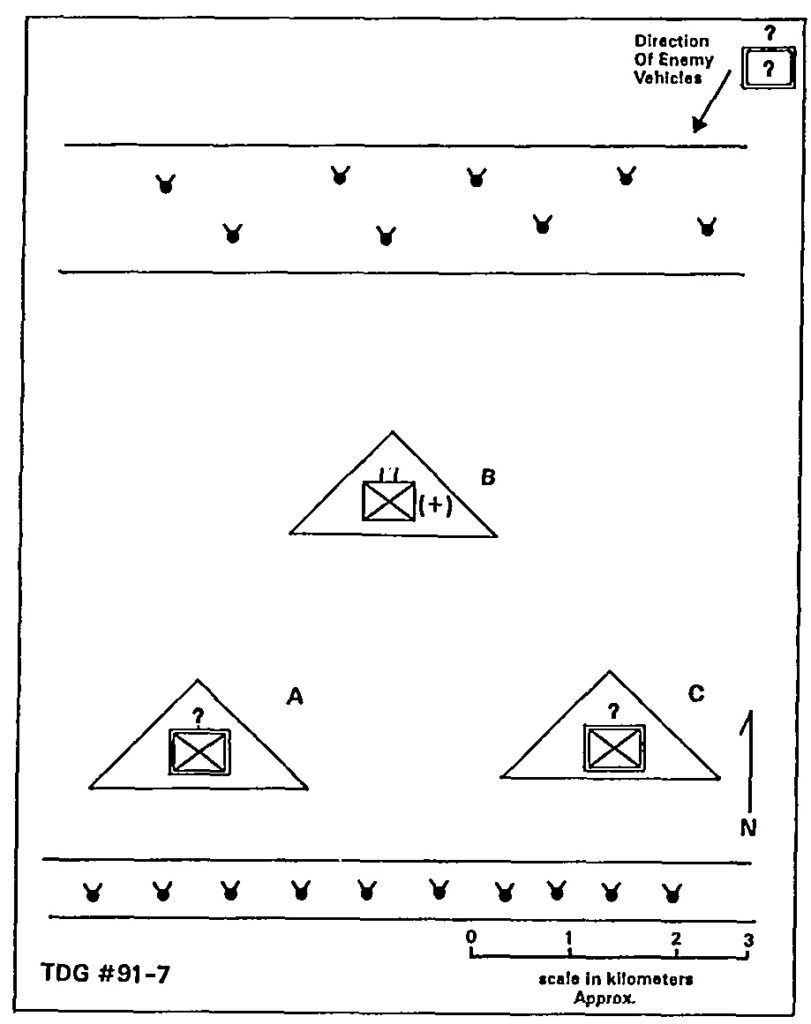 You are
You are 
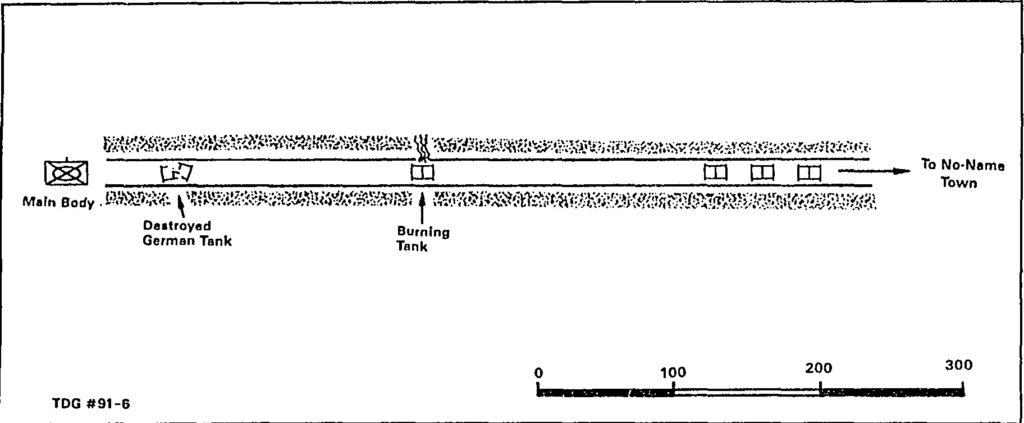 You are the lead infantry platoon commander in an Allied tank-mech company in Europe in 1944. Your company’s mission is to seize a nameless small town set among hedgerows, which typically line all of the roads in the area. In most places, there is a ditch between the roadway and the hedgerow. Roads are narrow, barely wide enough for two vehicles, and hedgerows comprise dense, ancient growth four- to six-feet high.
You are the lead infantry platoon commander in an Allied tank-mech company in Europe in 1944. Your company’s mission is to seize a nameless small town set among hedgerows, which typically line all of the roads in the area. In most places, there is a ditch between the roadway and the hedgerow. Roads are narrow, barely wide enough for two vehicles, and hedgerows comprise dense, ancient growth four- to six-feet high.
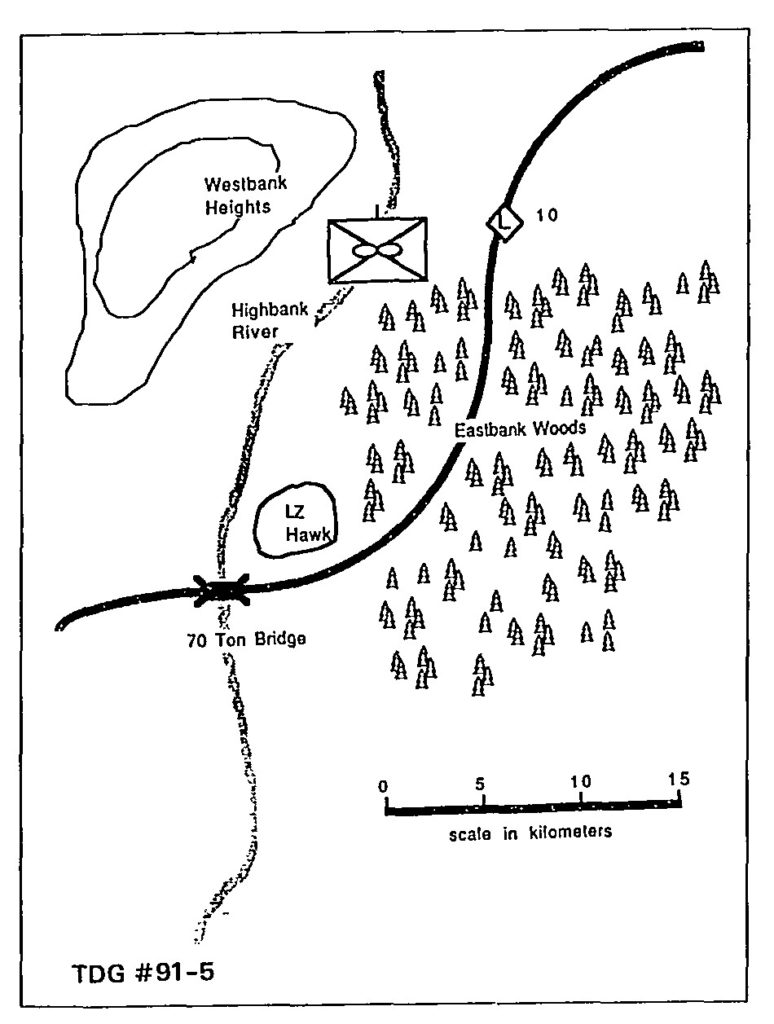 You are an officer serving in a large Marine air-ground task force (MAGTF).
You are an officer serving in a large Marine air-ground task force (MAGTF). 
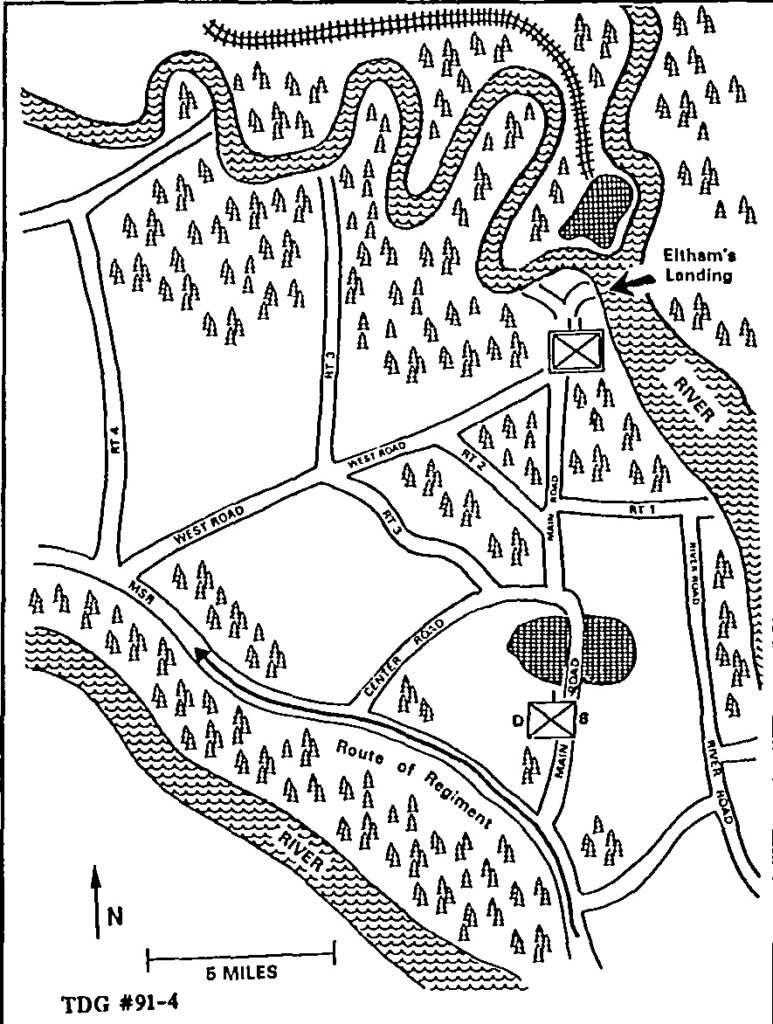 You are the company commander of Company D, 1st Battalion, 8th Marines. Your company is mounted in assault amphibious vehicles.
You are the company commander of Company D, 1st Battalion, 8th Marines. Your company is mounted in assault amphibious vehicles.